By Ananya Bhattacharya
2018 may have put an end to the “American dream” of thousands of Indian techies.
The Donald Trump administration continued its clampdown on the high-in-demand long-term US work visa, the H-1B. Indians have been the worst-hit since they receive over three-quarters of the H-1B visas.
The work visa, which allows immigrants to live and work in the US for up to six years and is extensively used by Indian IT companies, has been battered and bruised since Trump came to power in January 2017.
This year, the Trump administration has made the qualifying criteria for the visa tougher, sought cumbersome paperwork and increased the fees, among other things. An iron-fisted crackdown on visa abuses is also underway.
And that could just be the beginning, considering several bills to hike up the wage levels for H-1B visa eligibility and reduce the over-flooding of entry-level talent at big outsourcing firms are on the table.
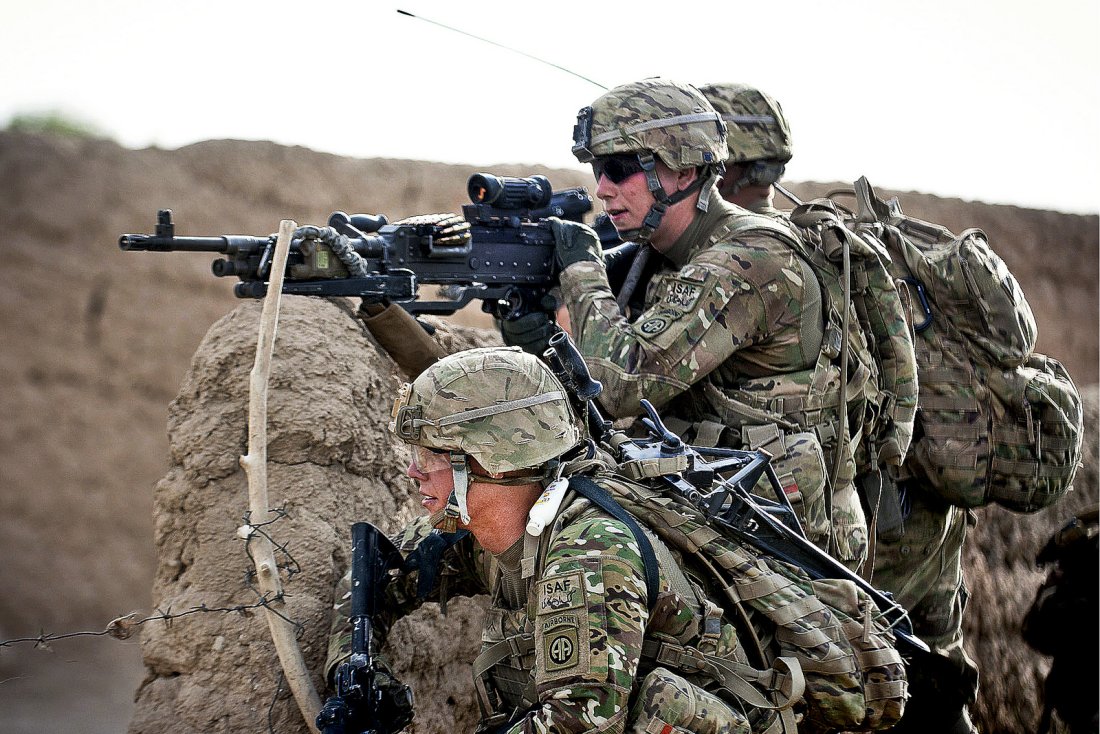
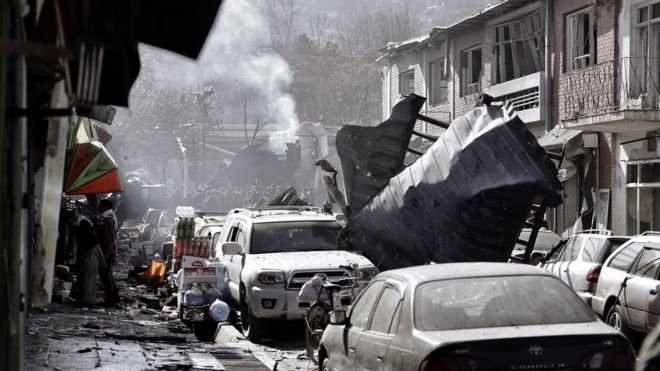


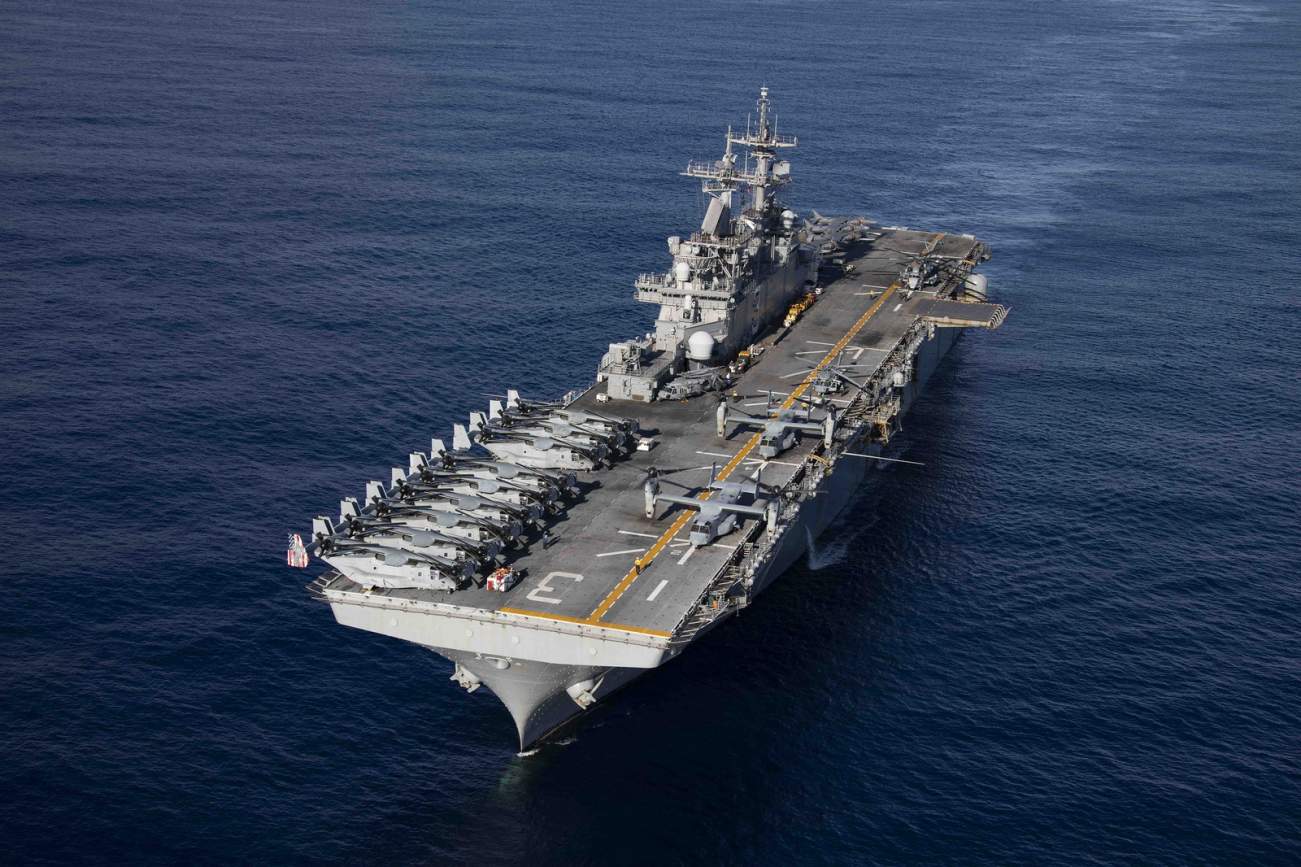




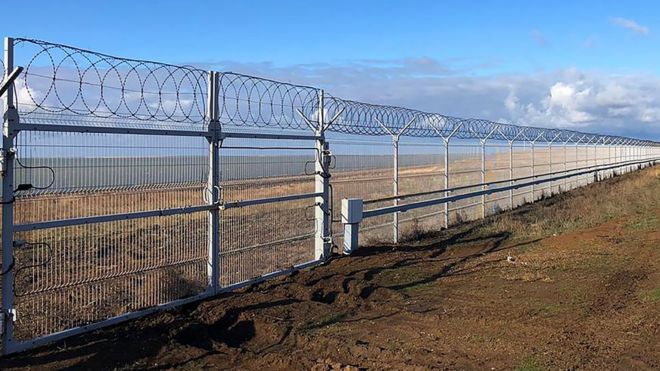





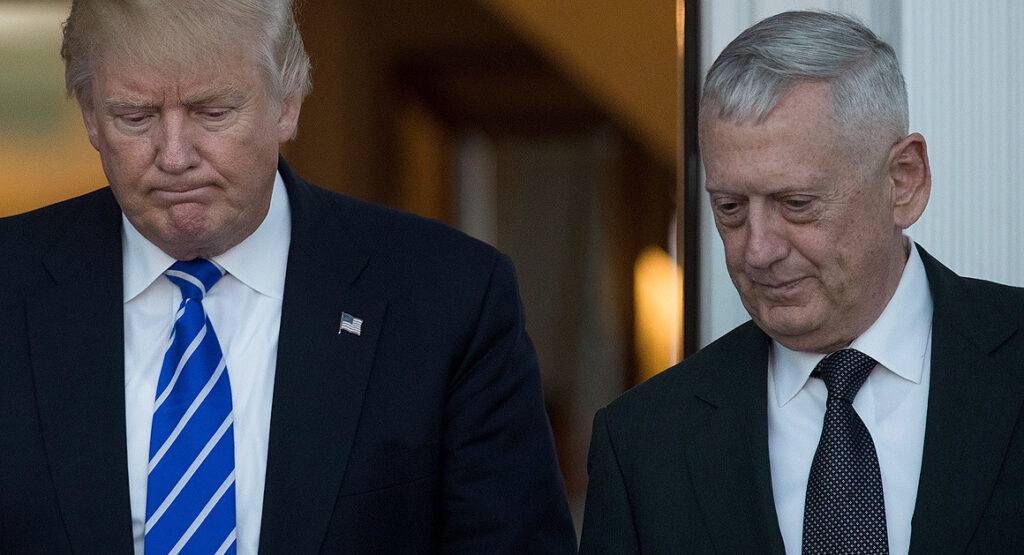
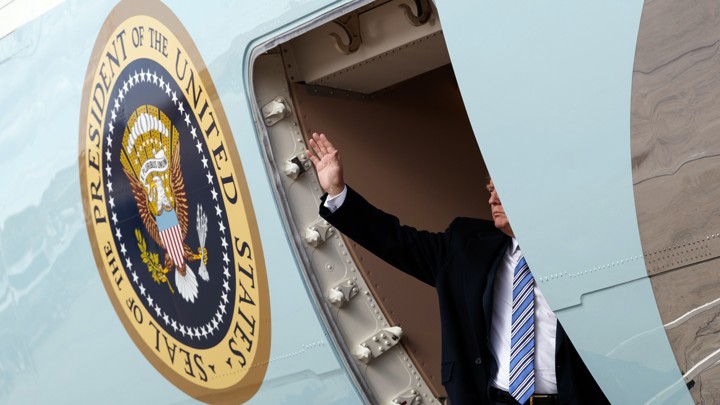


/arc-anglerfish-arc2-prod-mco.s3.amazonaws.com/public/3FHWQOCTJNEXBNQKVF52BYO7VA.jpg)

